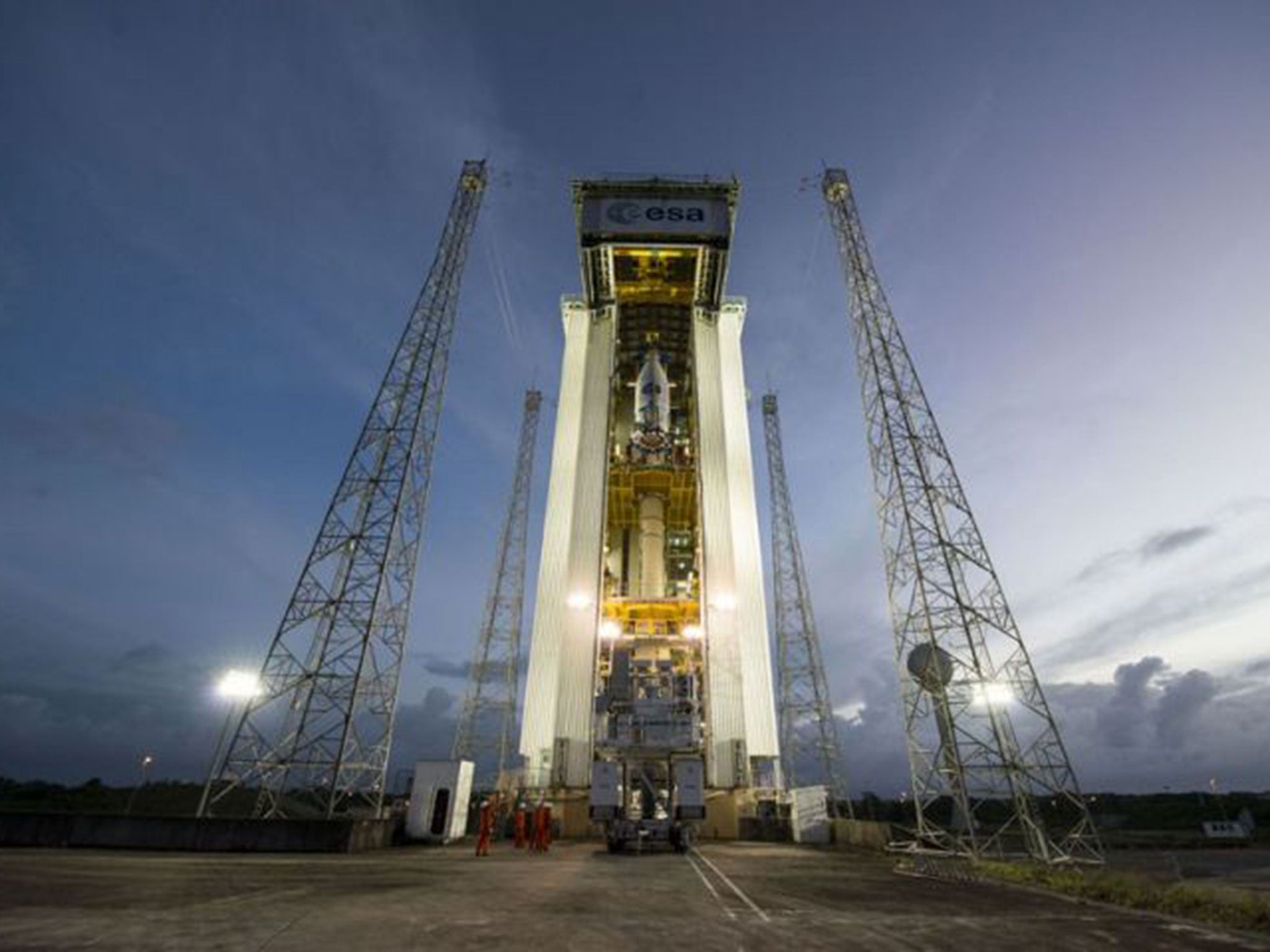European Space Agency look to pave the way for reusable spacecraft with 'wingless plane' launch
The IXV will be launched 450 km into space at 1:30pm on Wednesday from a base in French Guiana

The European Space Agency is hoping to pave the way for reusable spacecraft by launching its first ever “wingless plane” into space on Wednesday.
Europe’s chief aerospace organisation is planning to launch its 16 ft two tonne craft named the IXV from Kourou, French Guiana on Wednesday in a flight that is estimated to last 100 minutes.
It is hoped a successful re-entry could help engineers to understand how to overcome the problems that come with spacecrafts travelling back into the earth’s atmosphere.
Re-entry is currently one of the biggest problems facing aerospace engineers.
Watch More: Watch incredible Northern Lights captured from space
In Pictures: The ESA's Rosetta mission
As the spacecraft enters the earth’s atmosphere from space, the earth’s air molecules slows the craft down causing friction, the energy from this rapid deceleration is then converted into extreme heat which is potentially hazardous for the craft.
The ESA currently do not have a re-entry system to combat this, making the latest test flight even more crucial for the organisation.
If all goes to plan, a parachute will be deployed to ensure the craft’s safe landing somewhere in the Pacific Ocean, with balloons used to ensure it stays afloat.
Join our commenting forum
Join thought-provoking conversations, follow other Independent readers and see their replies
0Comments